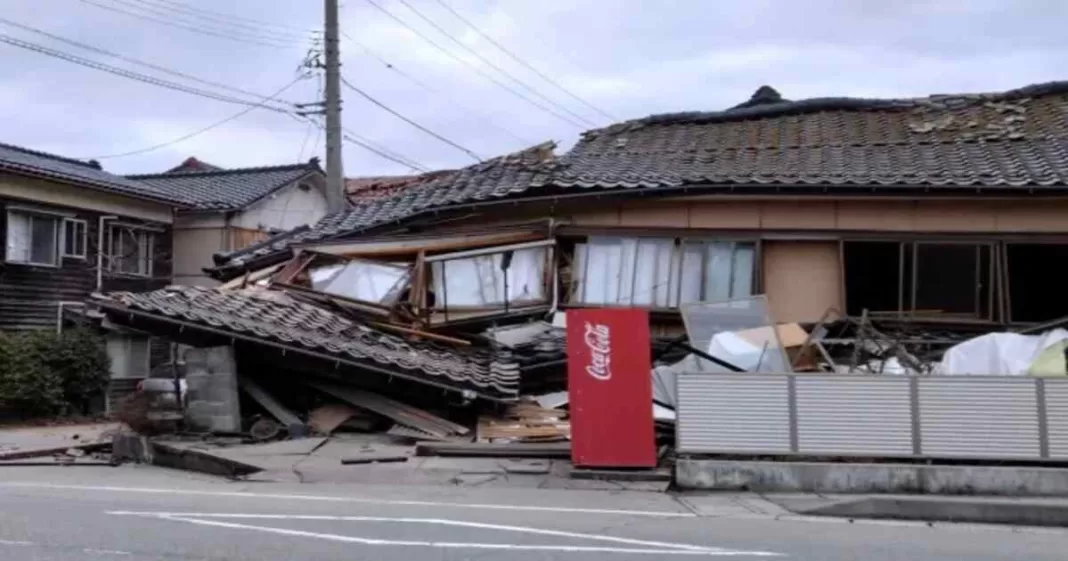Central Japan faced a severe seismic upheaval on Monday, marked by a preliminary magnitude of 7.6. The resultant tremors activated a tsunami warning, prompting urgent evacuations and readiness for potential aftershocks. In the wake of this crisis, authorities are diligently engaged in assessing the extent of the damage, prioritizing citizen safety as their paramount concern.
Tsunami’s Impact
The coastal regions along the Sea of Japan bore the brunt of a tsunami, measuring approximately 1 meter in height. Reports from NHK indicate the possibility of a larger wave, compelling the Japan Meteorological Agency to swiftly issue tsunami warnings for vulnerable coastal prefectures such as Ishikawa, Niigata, and Toyama. These alerts highlight the imperative for residents to remain vigilant and adhere to evacuation advisories.
Read More: China Poised to Overtake Japan as Leading Global Car Exporter
Emergency Response
In an emergency press conference, Hayashi Yoshimasa, the top government spokesperson, shed light on the ongoing efforts to evaluate the earthquake-induced damage. Instances of building collapses in Ishikawa and tremors felt in Tokyo necessitate a comprehensive response. Authorities are advising citizens to brace for potential aftershocks and prioritize safety measures in their preparedness strategies.
Power Outages and Infrastructure Impact
Disrupting normalcy for over 36,000 households in Ishikawa and Toyama prefectures, the earthquake resulted in power losses reported by Hokuriku Electric Power. However, reassuringly, the Japan Nuclear Regulation Authority confirms no irregularities at nuclear power plants along the Sea of Japan. This includes reactors at Kansai Electric Power’s Ohi and Takahama plants in Fukui Prefecture. Notably, Hokuriku’s Shika plant in Ishikawa, closest to the quake’s epicenter, had preemptively halted its two reactors for inspection, remaining unaffected.
Remembering the Past
The recent seismic event evokes haunting recollections of the catastrophic earthquake and tsunami that struck northeastern Japan on March 11, 2011. Resulting in the loss of nearly 20,000 lives, widespread devastation, and triggering nuclear meltdowns in Fukushima, this historical tragedy remains etched in collective memory. The nation, cognizant of the potential consequences of natural disasters, persists in refining its emergency response protocols.
Read More: Russia warns Japan over Patriot missiles
As Japan grapples with the aftermath of this recent earthquake and tsunami, the resilience and preparedness of its people and authorities face another formidable test. The prompt issuance of warnings, coordinated evacuations, and vigilant monitoring of critical infrastructure stand as testament to the lessons gleaned from past tragedies. In the face of adversity, Japan unites, leveraging its collective experiences to effectively mitigate the impact of nature’s unpredictable forces.














